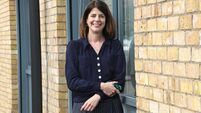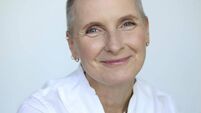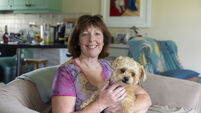'I got out of bed and fell over — it began to dawn on me that my legs wouldn't work'
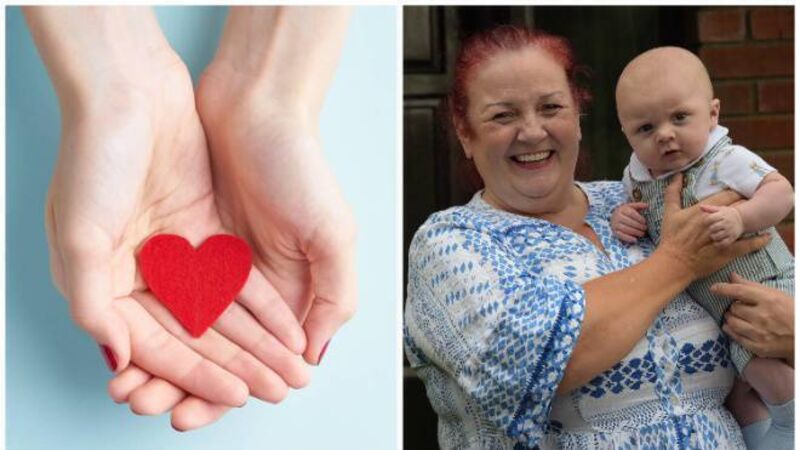
Rachel Corbally and her grandson Finn, 4 months. Photograph Moya Nolan
Dr Susan Connolly is a consultant cardiologist at Galway University Hospital and a National Institute for Prevention and Cardiovascular Health fellow. She wants women to understand that their heart disease and stroke risk increases as they approach menopause.
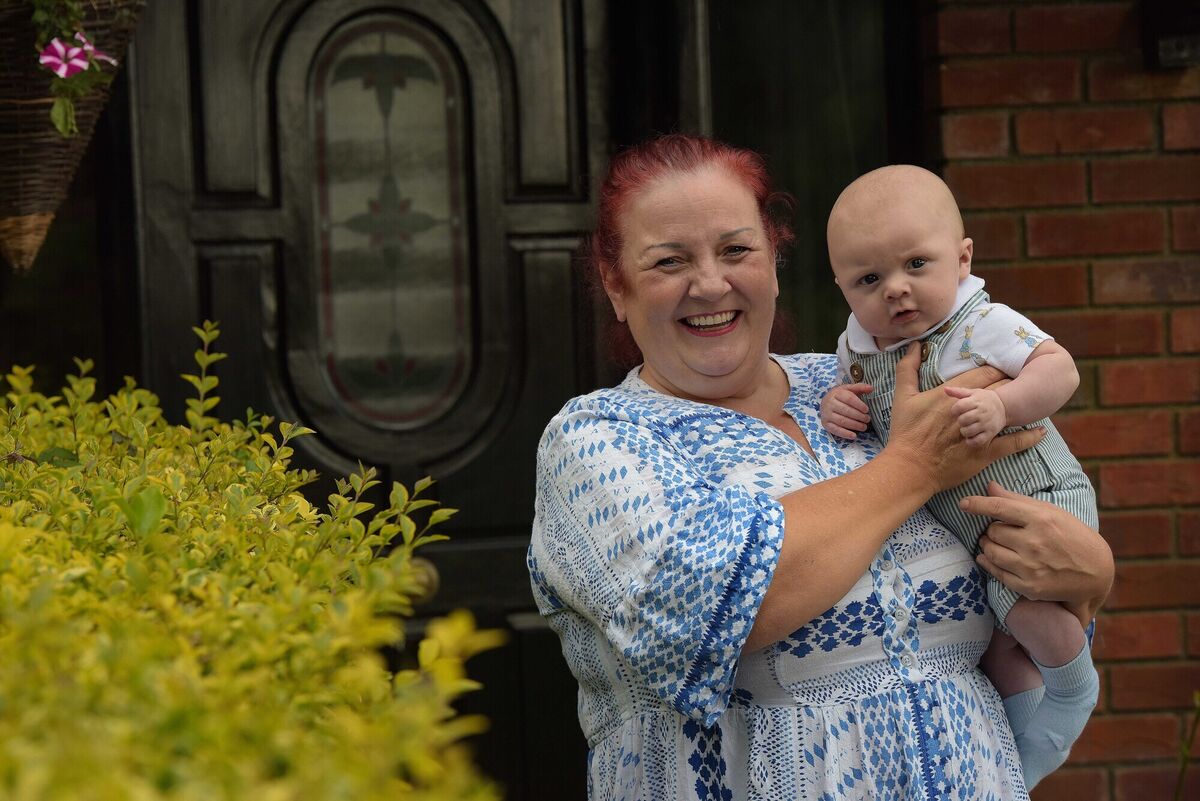
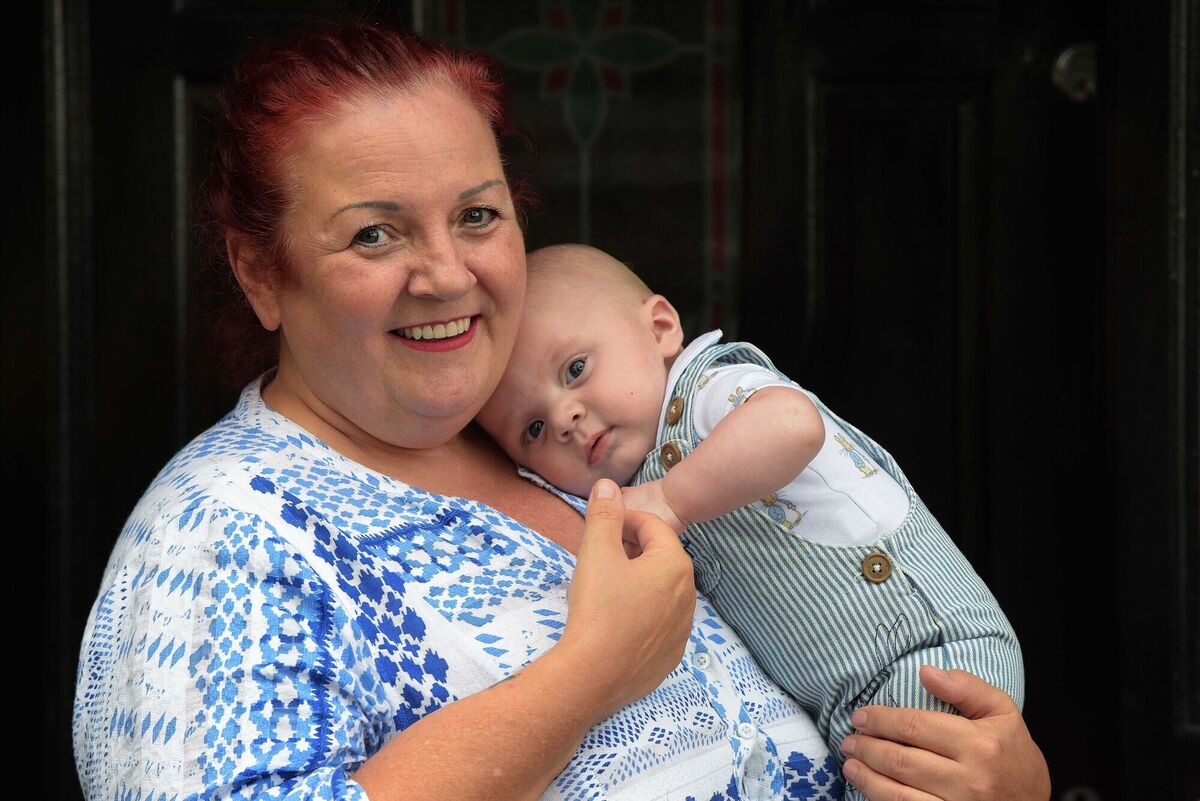
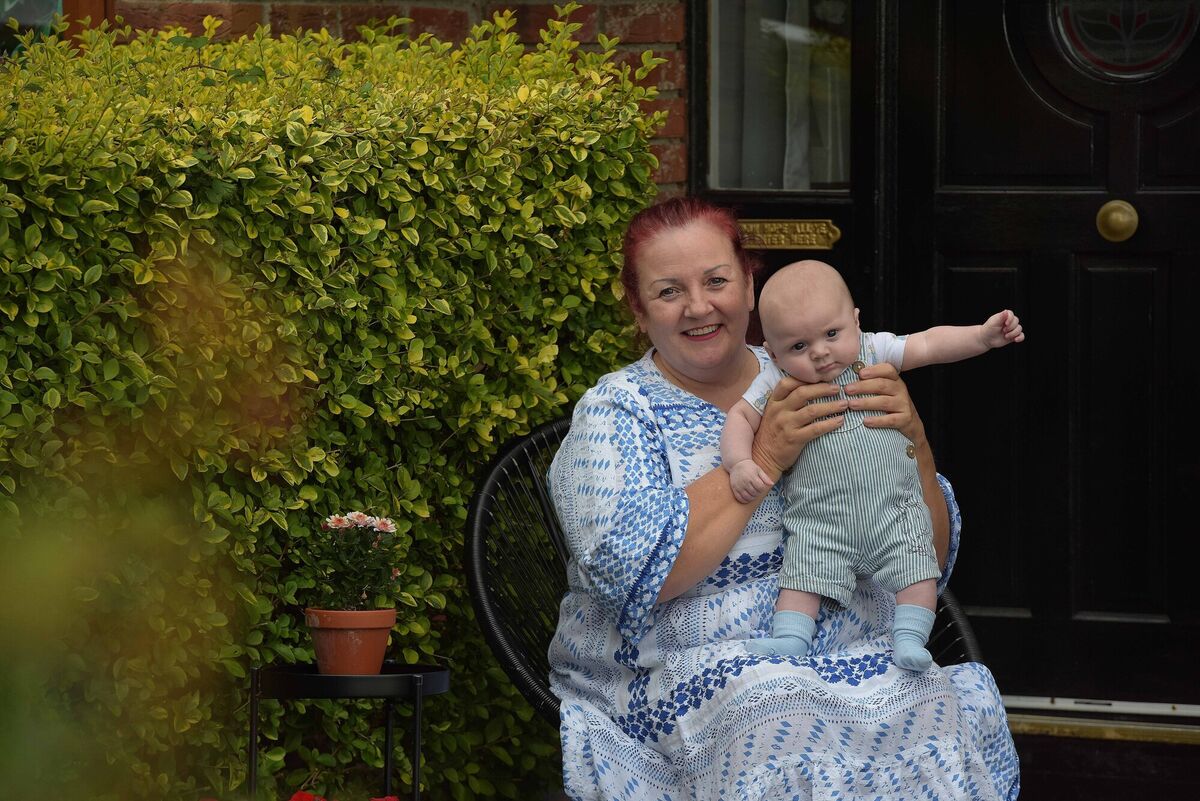
The Irish Heart Foundation’s director of health promotion, Janis Morrissey and cardiologist Dr Susan Connolly share tips on how women can minimise their risk of heart disease and stroke.
1. Get checked annually. Ask your GP to measure your blood pressure and heart rate and test for cholesterol and diabetes.
2. View menopause as a time to take stock of your health. “Go to www.irishheart.ie to complete our free online self-assessment tool to identify the changes you’d like to make to your life and our self-care and wellbeing journal that will help you get into the right mindset to make those changes,” says Morrissey. “You can also sign up for our free women’s heart health webinar on September 29.”
3. Be aware of risk factors, including high blood pressure, high cholesterol, diabetes, and a family history of heart disease and stroke.
4. Stop smoking. Studies show it reduces your risk of heart attack or stroke by 50% within a year.
5. Eat a balanced diet. “The Mediterranean diet is best,” says Dr Connolly. “This means fish once or twice a week, red meat twice at most, and lots of fruit, vegetables, nuts and pulses. Cook with olive oil. Keep your alcohol intake within the recommended range. And avoid processed foods.”
6. Get active. At least 150 minutes of moderate-intensity weekly activity is recommended for good health.
7. Manage your stress levels. “Many women juggle multiple demands,” says Morrissey. “To minimise stress, try to keep a regular sleep routine, be physically active and stay connected with family and friends.”

Celebrating 25 years of health and wellbeing



